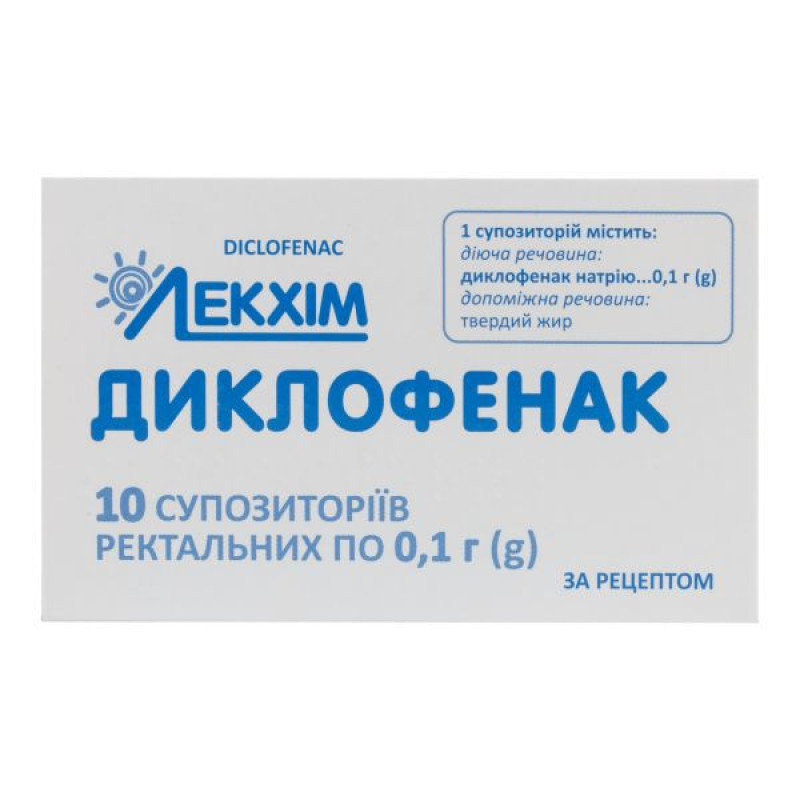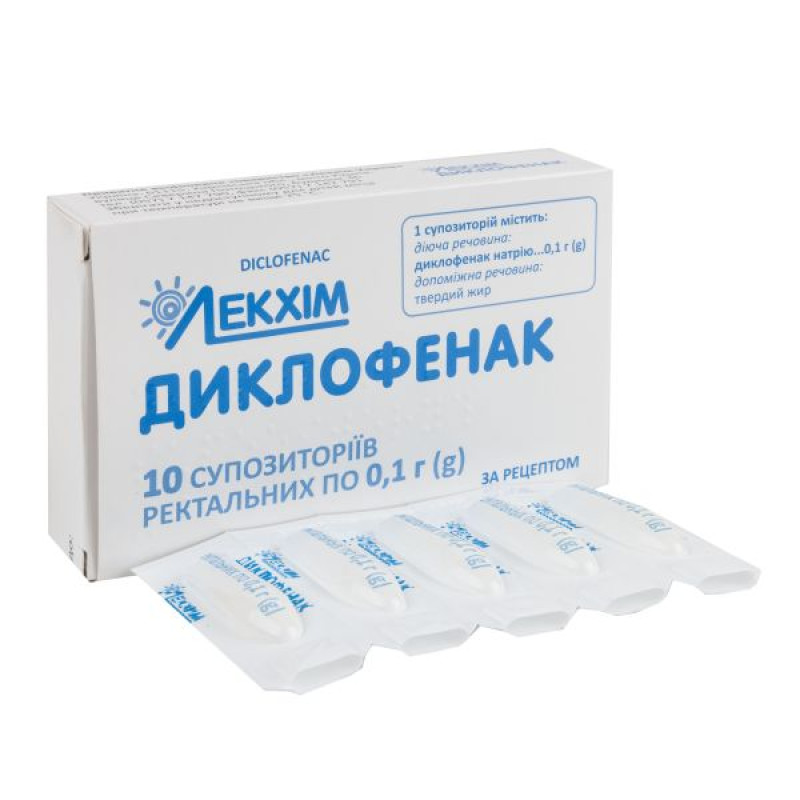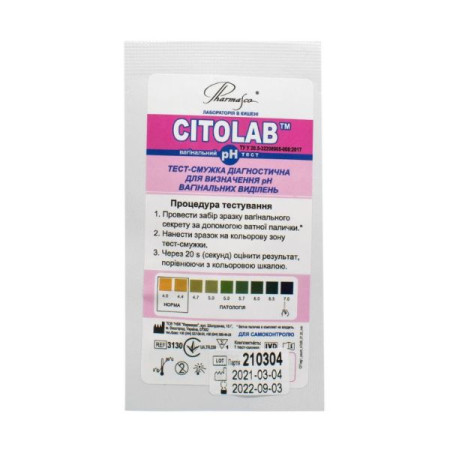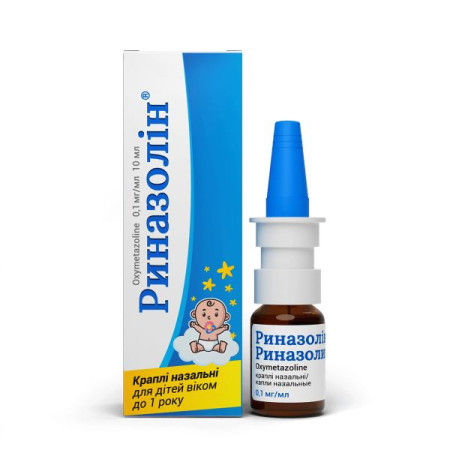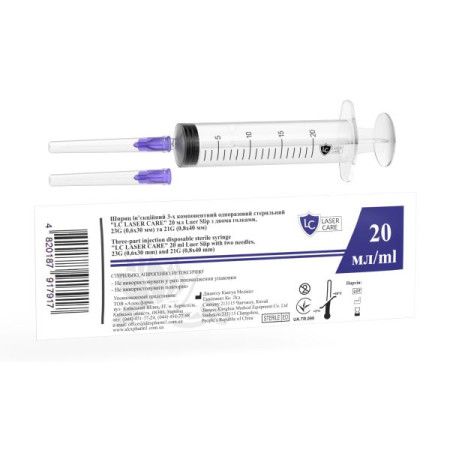Diclofenac rectal suppositories 0.1 g No. 10
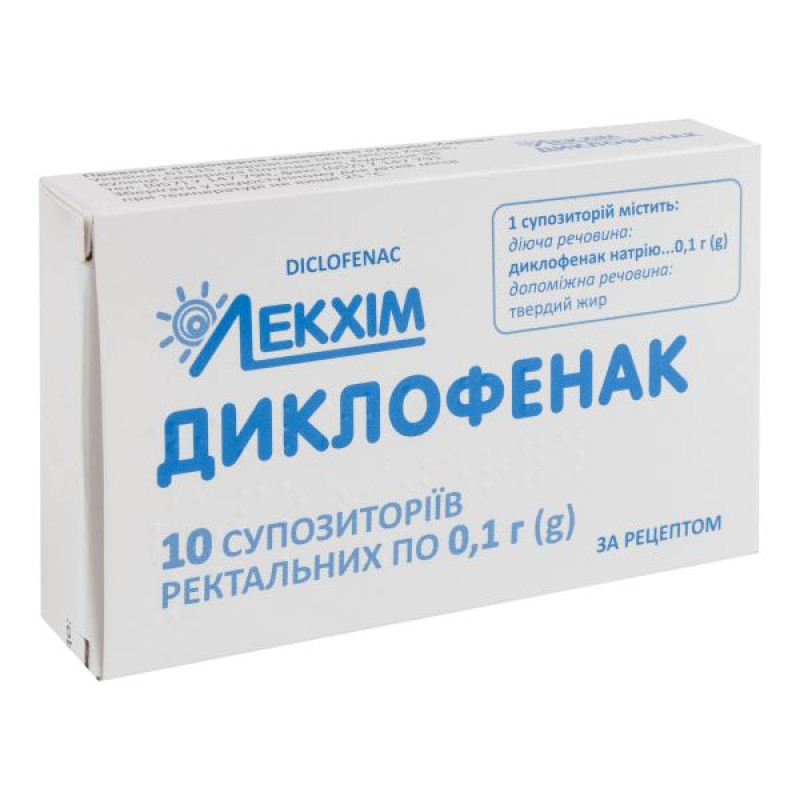
Instructions for use Diclofenac rectal suppositories 0.1 g No. 10
Composition
active ingredient: diclofenac;
1 suppository contains diclofenac sodium 100 mg (0.1 g);
excipient: solid fat.
Dosage form
Rectal suppositories.
Main physicochemical properties: suppositories from white to white with a yellowish or creamy tint, spherical in shape. The presence of a coating on the surface of the suppository is allowed.
Pharmacotherapeutic group
Nonsteroidal anti-inflammatory and antirheumatic drugs.
ATX code M01A B05.
Pharmacological properties
Pharmacodynamics
Diclofenac contains diclofenac sodium, a non-steroidal substance with a pronounced analgesic and anti-inflammatory effect. It is an inhibitor of prostaglandin synthetase (cyclooxygenase).
Pharmacokinetics
Absorption. The concentration of the drug in blood plasma is linearly dependent on the dose.
After repeated administration of the drug, its pharmacokinetics do not change. Cumulation of the drug is not observed.
Distribution: The binding of diclofenac to serum proteins is 99.7%, mainly to albumin - 99.4%.
Diclofenac penetrates into the synovial fluid, where its maximum concentration is reached 2-4 hours later than in blood plasma. The apparent half-life from synovial fluid is 3-6 hours. 2 hours after reaching the maximum plasma concentration, the concentration of diclofenac in the synovial fluid remains higher than in blood plasma; this phenomenon is observed for 12 hours.
Metabolism: Diclofenac is metabolized partly by glucuronidation of the unchanged molecule, but mainly by single and multiple hydroxylation and methoxylation, leading to the formation of several phenolic metabolites, most of which form conjugates with glucuronic acid. Two of these phenolic metabolites are biologically active, but much less so than diclofenac.
Elimination. The total systemic clearance of diclofenac from plasma is 263±56 ml/min. The terminal half-life from plasma is 1-2 hours. The half-life from plasma of four metabolites, including two pharmacologically active ones, is also short and is 1-3 hours. About 60% of the administered dose of the drug is excreted in the urine as a glucuronide conjugate of the intact molecule and as metabolites, most of which are also converted to glucuronide conjugates. Less than 1% of diclofenac is excreted unchanged. The remainder of the administered dose of the drug is excreted as metabolites in the feces.
Pharmacokinetics in individual patient groups. The effect of patient age on the absorption, metabolism and excretion of the drug was not observed.
In patients with renal impairment receiving therapeutic doses, no accumulation of unchanged active substance is expected based on the kinetics of the drug after a single dose. In patients with creatinine clearance less than 10 ml/min, the estimated steady-state plasma concentrations of hydroxylated metabolites were approximately 4-fold higher than in healthy volunteers. However, all metabolites were ultimately excreted in the bile.
Patients with impaired liver function. In patients with chronic hepatitis or compensated cirrhosis, the pharmacokinetics and metabolism of diclofenac are similar to those in patients without liver disease.
Indication
inflammatory and degenerative forms of rheumatism: rheumatoid arthritis, juvenile rheumatoid arthritis, ankylosing spondylitis, osteoarthritis, including spondyloarthritis; pain syndromes of the spine; rheumatic diseases of extra-articular soft tissues; acute gout attack; post-traumatic and postoperative pain syndromes accompanied by inflammation and edema, in particular after dental and orthopedic operations; migraine attacks; gynecological diseases accompanied by pain syndrome and inflammation, such as primary dysmenorrhea and adnexitis; as an adjuvant in severe inflammatory diseases of the ENT organs accompanied by pain, such as pharyngitis, tonsillitis, otitis.
According to general therapeutic principles, the underlying disease should be treated with basic therapy. Fever alone is not an indication for the use of the drug.
Contraindication
The drug is contraindicated in patients who experience attacks of bronchial asthma, urticaria, angioedema, or acute rhinitis in response to taking acetylsalicylic acid or other NSAIDs.
Interaction with other medicinal products and other types of interactions
Lithium: Diclofenac may increase plasma lithium concentrations when used concomitantly. Monitoring of serum lithium levels is recommended.
Digoxin: Diclofenac may increase the plasma concentration of digoxin when used concomitantly. Monitoring of serum digoxin levels is recommended.
Diuretics and antihypertensives. As with other NSAIDs, concomitant use of diclofenac with diuretics and antihypertensives (e.g. β-blockers, angiotensin-converting enzyme (ACE) inhibitors) may lead to a reduction in their antihypertensive effect by inhibiting the synthesis of vasodilator prostaglandins. Therefore, such a combination should be used with caution and patients, especially the elderly, should be closely monitored for blood pressure. Patients should be adequately hydrated and monitoring of renal function is recommended after initiation of concomitant therapy and regularly thereafter, especially with diuretics and ACE inhibitors, due to the increased risk of nephrotoxicity.
Drugs causing hyperkalemia: Concomitant treatment with potassium-sparing diuretics, cyclosporine, tacrolimus, or trimethoprim may be associated with increases in serum potassium, and patients should be monitored more frequently.
Anticoagulants and antithrombotic agents. Concomitant use may increase the risk of bleeding, therefore precautions are recommended. Although clinical studies do not indicate an effect of diclofenac on the activity of anticoagulants, there is some evidence of an increased risk of bleeding in patients receiving diclofenac and anticoagulants concomitantly. Therefore, close monitoring of such patients is recommended to ensure that no changes in the dosage of anticoagulants are required. As with other non-steroidal anti-inflammatory drugs, diclofenac in high doses may temporarily inhibit platelet aggregation.
Other NSAIDs, including selective cyclooxygenase-2 inhibitors, and corticosteroids. Concomitant use of diclofenac and other NSAIDs or corticosteroids may increase the risk of gastrointestinal bleeding or ulceration. The concomitant use of two or more NSAIDs should be avoided.
Selective serotonin reuptake inhibitors (SSRIs): Concomitant use of NSAIDs and SSRIs may increase the risk of gastrointestinal bleeding.
Antidiabetic drugs. Clinical studies have shown that diclofenac can be used together with oral antidiabetic drugs without changing their therapeutic effect. However, there are some reports of the development of both hypoglycemia and hyperglycemia in such cases, which necessitated the need to change the dose of antidiabetic drugs during the use of diclofenac. For this reason, it is recommended to monitor blood glucose levels during combination therapy.
Methotrexate. Diclofenac may inhibit the renal tubular clearance of methotrexate, leading to increased methotrexate levels. Caution should be exercised when NSAIDs, including diclofenac, are administered less than 24 hours before methotrexate, as this may increase the blood concentration of methotrexate and increase its toxicity. Serious toxicity has been reported when methotrexate and NSAIDs, including diclofenac, were administered within 24 hours of each other. This interaction is mediated by accumulation of methotrexate as a result of impaired renal excretion in the presence of NSAIDs.
Cyclosporine. The effect of diclofenac, like other NSAIDs, on prostaglandin synthesis in the kidneys may enhance the nephrotoxicity of cyclosporine, therefore diclofenac should be used in lower doses than for patients not taking cyclosporine.
Tacrolimus: There is a possible increased risk of nephrotoxicity when NSAIDs are used with tacrolimus, which may be mediated by the renal antiprostaglandin effects of NSAIDs and calcineurin inhibitors.
Quinolone antibacterials. There are isolated reports of seizures in patients receiving quinolones and NSAIDs concomitantly. This may occur in patients with or without a prior history of epilepsy or seizures. Therefore, caution should be exercised when considering the use of quinolones in patients already receiving NSAIDs.
Phenytoin: When phenytoin is used concomitantly with diclofenac, monitoring of phenytoin plasma concentrations is recommended due to the expected increase in phenytoin exposure.
Colestipol and cholestyramine. These drugs may delay or reduce the absorption of diclofenac. Therefore, it is recommended to administer diclofenac at least 1 hour before or 4-6 hours after colestipol/cholestyramine.
Mifepristone: NSAIDs should not be used for 8-12 days after mifepristone administration, as NSAIDs may reduce the effect of mifepristone.
Potent CYP2C9 inhibitors: Caution is advised when co-administering diclofenac with potent CYP2C9 inhibitors (e.g. voriconazole), which may lead to a significant increase in maximum plasma concentrations and exposure to diclofenac due to inhibition of diclofenac metabolism.
Application features
General.
To minimize unwanted effects, the lowest effective dose should be used for the shortest period of time.
The concomitant use of diclofenac with systemic NSAIDs such as selective cyclooxygenase-2 inhibitors should be avoided due to the lack of any evidence of a synergistic effect and due to potential additive side effects.
Caution is required in elderly patients. In particular, it is recommended to use the lowest effective dose in frail elderly patients or those with low body weight.
In rare cases, as with other NSAIDs, allergic reactions, including anaphylactic/anaphylactoid reactions, may occur, even without prior exposure to diclofenac. Hypersensitivity reactions may also progress to Kounis syndrome, a serious allergic reaction that can cause myocardial infarction. Symptoms of such reactions may include chest pain associated with an allergic reaction to diclofenac.
Due to its pharmacodynamic properties, Diclofenac, like other NSAIDs, may mask the signs and symptoms of infection.
Effect on the digestive tract.
Gastrointestinal bleeding (hemorrhage, melena), ulceration or perforation, which can be fatal, have been reported with all NSAIDs, including diclofenac, and can occur at any time during treatment with or without warning symptoms or a previous history of serious gastrointestinal events. These events are usually more severe in the elderly. If gastrointestinal bleeding or ulceration occurs in patients receiving diclofenac, the drug should be discontinued.
As with other NSAIDs, patients presenting with symptoms suggestive of gastrointestinal (GI) disorders should be monitored closely and caution exercised. The risk of GI bleeding, ulceration or perforation increases with increasing dose of NSAIDs, including diclofenac, and in patients with a history of ulcer, especially complicated by bleeding or perforation, and in the elderly.
NSAIDs, including diclofenac, may increase the risk of gastrointestinal anastomotic leakage. Close supervision and caution are recommended when using diclofenac after gastrointestinal surgery.
Elderly patients have an increased frequency of adverse reactions to NSAIDs, especially gastrointestinal bleeding and perforation, which can be fatal.
To reduce the risk of such toxic effects on TT, treatment should be initiated and maintained at the lowest effective dose.
For such patients, as well as those requiring concomitant use of low-dose acetylsalicylic acid-containing medicinal products (ASA/aspirin or other medicinal products likely to increase the risk of adverse effects on the gastrointestinal tract), combination therapy with protective agents (e.g. proton pump inhibitors or misoprostol) should be considered. Patients with a history of gastrointestinal toxicity, particularly the elderly, should report any unusual abdominal symptoms (especially gastrointestinal bleeding). Caution is also required in patients receiving concomitant medicinal products that may increase the risk of ulceration or bleeding, such as systemic corticosteroids, anticoagulants (e.g. warfarin), antithrombotic agents (e.g. acetylsalicylic acid) or selective serotonin reuptake inhibitors.
Effect on the liver.
Close medical supervision is required if Diclofenac is prescribed to patients with impaired liver function, as their condition may worsen.
As with other NSAIDs, including diclofenac, the level of one or more liver enzymes may increase.
During long-term treatment with Diclofenac, regular monitoring of liver function should be performed as a precautionary measure. If liver function abnormalities persist or worsen and if clinical signs or symptoms suggestive of progressive liver disease or if other manifestations (e.g. eosinophilia, rash) occur, Diclofenac should be discontinued. Diseases such as hepatitis may occur without prodromal symptoms. Caution is advised when Diclofenac is used in patients with hepatic porphyria, as it may precipitate an attack.
Since cases of fluid retention and edema have been reported with NSAIDs, including diclofenac, special attention should be paid to patients with impaired cardiac or renal function, a history of hypertension, elderly patients, patients receiving concomitant therapy with diuretics or drugs that significantly affect renal function, and patients with a significant decrease in extracellular fluid volume for any reason, such as before or after major surgery. In such cases, monitoring of renal function is recommended as a precautionary measure. Discontinuation of therapy usually leads to a return to the state that existed before treatment.
Effect on the skin.
Serious skin reactions (some of which were fatal) have been reported very rarely in association with the use of NSAIDs, including diclofenac, including exfoliative dermatitis, Stevens-Johnson syndrome and toxic epidermal necrolysis. The highest risk of these reactions is observed at the beginning of the course of therapy: the onset of the reaction is noted in most cases during the first month of treatment. Diclofenac should be discontinued at the first appearance of skin rashes, mucosal lesions or any other sign of hypersensitivity.
Systemic lupus erythematosus and mixed connective tissue diseases.
Patients with systemic lupus erythematosus and mixed connective tissue diseases may be at increased risk of developing aseptic meningitis.
Cardiovascular and cerebrovascular effects.
For patients with a history of hypertension and/or mild to moderate congestive heart failure, appropriate monitoring and advice is necessary, as fluid retention and oedema have been reported in association with the use of NSAIDs, including diclofenac.
Clinical trial data and epidemiological data suggest that the use of diclofenac, especially at high doses (150 mg/day) and with long-term treatment, may be associated with a small increased risk of arterial thrombotic events (e.g. myocardial infarction or stroke).
Diclofenac should only be prescribed to patients with significant risk factors for cardiovascular events (e.g. hypertension, hyperlipidemia, diabetes mellitus, smoking) after careful clinical evaluation. Since the cardiovascular risks of diclofenac may increase with increasing dose and duration of treatment, it should be used for the shortest possible period and at the lowest effective dose. The patient's need for diclofenac should be periodically reviewed for symptom relief and response to therapy. Use with caution in patients over 65 years of age.
Patients should be informed of the possibility of serious antithrombotic events (chest pain, shortness of breath, weakness, speech disorders) that may occur at any time. In such cases, immediate medical attention should be sought.
Effect on hematological parameters.
With prolonged use of this drug, as with other NSAIDs, monitoring of all blood parameters is recommended.
Diclofenac may reversibly inhibit platelet aggregation. Patients with impaired hemostasis, hemorrhagic diathesis or hematological disorders should be carefully monitored.
History of asthma.
Patients with asthma, seasonal allergic rhinitis, swelling of the nasal mucosa (i.e. nasal polyps), chronic obstructive pulmonary disease or chronic respiratory infections (especially those associated with allergic rhinitis-like symptoms) are more likely to experience reactions to NSAIDs, such as exacerbation of asthma (so-called analgesic intolerance/aspirin asthma), angioedema or urticaria. Therefore, special precautions (emergency medical attention) are recommended for such patients. This also applies to patients with allergic reactions (rash, itching or urticaria) to other substances.
Like other drugs that inhibit prostaglandin synthetase activity, diclofenac sodium and other NSAIDs can provoke the development of bronchospasm when used in patients suffering from bronchial asthma or in patients with a history of bronchial asthma.
Ability to influence reaction speed when driving vehicles or other mechanisms
Patients who experience visual disturbances, dizziness, vertigo, drowsiness, central nervous system disorders, lethargy or fatigue during treatment with Diclofenac should not drive or operate complex machinery.
Use during pregnancy or breastfeeding
In the first and second trimesters of pregnancy, Diclofenac should only be used if the expected benefit to the mother outweighs the potential risk to the fetus, and only in the lowest effective dose; the duration of treatment should be as short as possible. Like other NSAIDs, the drug is contraindicated in the last trimester of pregnancy (possible suppression of uterine contractility and premature closure of the ductus arteriosus in the fetus). Inhibition of prostaglandin synthesis may adversely affect pregnancy and/or embryo/fetal development. Epidemiological studies have shown an increased risk of miscarriage and/or the risk of heart defects and gastroschisis after use of a prostaglandin synthesis inhibitor in early pregnancy. The absolute risk of cardiovascular defects was increased from less than 1% to approximately 1.5%.
It is possible that the risk increases with dose and duration of treatment. In animals, administration of a prostaglandin synthesis inhibitor has been shown to result in increased pre- and post-implantation loss and embryo/fetal lethality.
In addition, an increased incidence of various malformations, including cardiovascular, has been reported in animals treated with a prostaglandin synthesis inhibitor during organogenesis. If Diclofenac is used by a woman attempting to conceive, or during the first trimester of pregnancy, the dose should be kept as low and the duration of treatment as short as possible.
In the third trimester of pregnancy, all prostaglandin synthesis inhibitors can affect the fetus in the following ways:
Cardiopulmonary toxicity (with premature closure of the ductus arteriosus and pulmonary hypertension); renal dysfunction, which may progress to renal failure with oligohydramnios.
Effects on the mother and newborn, as well as at the end of pregnancy:
Possible prolongation of bleeding time, antiplatelet effect, which can be observed even at very low doses; inhibition of uterine contractions, leading to delayed or prolonged labor.
Thus, Diclofenac is contraindicated in the third trimester of pregnancy.
Breast-feeding.
Like other NSAIDs, diclofenac passes into breast milk in small amounts. In this regard, Diclofenac suppositories should not be used by women during breastfeeding to avoid undesirable effects on the infant.
Female fertility.
As with other NSAIDs, diclofenac may impair female fertility and is therefore not recommended for use in women attempting to conceive. In women who have difficulty conceiving or are undergoing investigation of infertility, discontinuation of diclofenac should be considered.
Method of administration and doses
The drug should be used in the lowest effective doses for the shortest period of time, taking into account the treatment objectives of each individual patient.
To provide a dose other than 100 mg, use diclofenac suppositories in the appropriate dosage.
Do not take internally, the drug is intended for rectal administration only.
Suppositories should be inserted into the rectum as deeply as possible, preferably after bowel cleansing.
The initial dose is usually 100-150 mg per day. With mild symptoms, as well as with long-term therapy, a dose of 75-100 mg/day is sufficient.
Divide the daily dose into 2-3 doses. To avoid night pain or morning stiffness, administer Diclofenac in the form of rectal suppositories before bedtime before taking the drug during the day (the daily dose of the drug should not exceed 150 mg).
In primary dysmenorrhea, the daily dose should be selected individually, usually it is 50-150 mg/day. The initial dose may be 50-100 mg/day, but if necessary it can be increased over several menstrual cycles to a maximum of 200 mg/day. The drug should be started after the first painful symptoms appear and continued for several days, depending on the dynamics of symptom regression.
For the treatment of migraine attacks, the course should be started with a dose of 100 mg at the first signs of the onset of an attack. If necessary, a second suppository (100 mg of diclofenac) can be used on the same day. If necessary, the treatment can be continued on the following days (the daily dose of the drug should not exceed 150 mg, the dose should be divided into
2-3 applications).
Elderly patients. Although the pharmacokinetics of diclofenac are not altered to any clinically significant extent in elderly patients, NSAIDs should be used with caution in such patients, as they are generally more likely to experience adverse reactions. In particular, the lowest effective dose is recommended for elderly patients who are frail or have low body mass; patients should also be monitored for gastrointestinal bleeding during treatment with NSAIDs.
Children
The drug is not used in children.
Overdose
This applies to the treatment of manifestations such as arterial hypotension, renal failure, convulsions, respiratory depression. It is unlikely that such specific therapeutic measures as forced diuresis, hemodialysis or hemoperfusion will be effective in removing NSAIDs, since the active substances of these drugs are largely bound to blood proteins and undergo intensive metabolism.
Adverse reactions
From the blood and lymphatic system: thrombocytopenia, leukopenia, anemia (hemolytic anemia, aplastic anemia), agranulocytosis.
Immune system disorders: hypersensitivity, anaphylactic and anaphylactoid reactions (including hypotension and shock); angioedema (including facial edema).
Mental disorders: disorientation, depression, insomnia, irritability, nightmares, psychotic disorders.
Nervous system: headache, dizziness; drowsiness, fatigue; paresthesia, memory impairment, convulsions, anxiety, tremor, aseptic meningitis, taste disorders, stroke; confusion, hallucinations, sensory disturbances, general malaise.
From the organs of vision: visual disturbances, blurred vision, diplopia; optic neuritis.
From the side of the organs of hearing and labyrinth of the ear: vertigo; tinnitus, hearing disorders.
Cardiovascular system: palpitations, chest pain, heart failure, myocardial infarction, Kounis syndrome, hypertension, hypotension, vasculitis.
Respiratory, thoracic and mediastinal disorders: asthma (including dyspnea); pneumonitis.
Gastrointestinal: nausea, vomiting, diarrhea, dyspepsia, abdominal pain, flatulence, anorexia; gastritis, gastrointestinal bleeding, hematemesis, melena, hemorrhagic diarrhea, gastric and intestinal ulcers, with or without bleeding or perforation (sometimes fatal, especially in elderly patients); colitis (including hemorrhagic colitis and exacerbation of ulcerative colitis or Crohn's disease), constipation, stomatitis (including ulcerative stomatitis), glossitis, esophageal dysfunction, diaphragmatic stenosis of the intestine, pancreatitis.
From the hepatobiliary system: increased transaminase levels; hepatitis, jaundice, liver disorders; fulminant hepatitis, liver necrosis, liver failure.
Skin and subcutaneous tissue disorders: rash; urticaria; blistering rash, eczema, erythema, erythema multiforme, Stevens-Johnson syndrome, Lyell's syndrome (toxic epidermal necrolysis), exfoliative dermatitis, hair loss, photosensitivity, purpura, including allergic, itching.
Renal and urinary disorders: acute renal failure, hematuria, proteinuria, interstitial nephritis, nephrotic syndrome, renal papillary necrosis.
Reproductive system and breast disorders: impotence.
Clinical trial data and epidemiological data suggest an increased risk of thrombotic complications (such as myocardial infarction or stroke) associated with the use of diclofenac, particularly at high therapeutic doses (150 mg per day) and with long-term use.
Expiration date
2 years.
Storage conditions
Store out of the reach of children at a temperature not exceeding 25 °C.
Packaging
5 suppositories in a blister, 2 blisters in a pack.
Vacation category
According to the recipe.
Producer
Private Joint-Stock Company "Lekhim-Kharkiv".
Location of the manufacturer and its business address
Ukraine, 61115, Kharkiv region, Kharkiv city, Severyna Pototskoho street, building 36.
There are no reviews for this product.
There are no reviews for this product, be the first to leave your review.
No questions about this product, be the first and ask your question.







